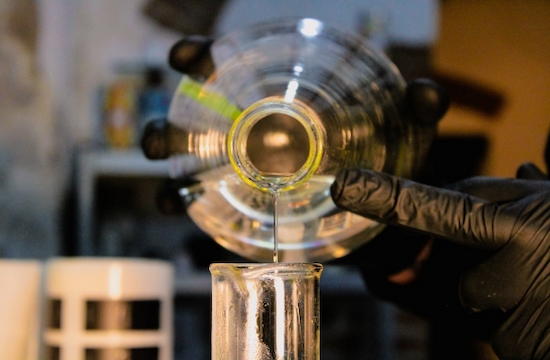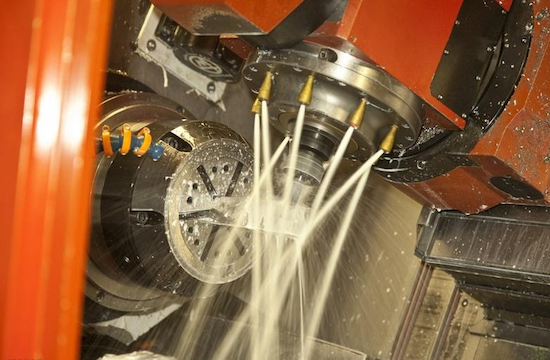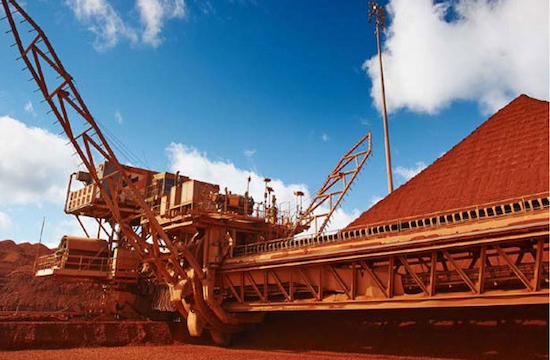In a range of applications and processes, unwanted foam can cause vessels to overflow, interfere with processes and packaging, waste material and damage equipment.Defoamers can work by reducing or eliminateing the surface tension of the foaming liquid which prevent foam forming or break down exisiting foam and ensure that industrial processes run smoothly safely, and efficiently, without interruption or the need for expensive and time-consuming cleanup.
- Defoamer is added after the liquid foam system formed, and enters the bubble film through the action of foam adsorption and surface tension to make the film thinner. This quickly breaks the foam and lowers the liquid level.
- Antifoam agent is a substance that can inhibit the formation of foam, and it is adsorbed on the foam together with the liquid foam, reducing the surface tension, making the foam film thin, damaged, and preventing foam phenomenon.
- Air release agent is absorbed in the bubble of the liquid, gathering the air in the bubble. After the bubbles adsorb with each other, the adsorption interface is damaged to form a large bubble, then the buoyancy is increased, thus defoaming.
ANTIFOAM has always been customer-centric and based on realizing customer value, we provide customers with one-to-one customized solutions and provide products with competitive advantages. ANTIFOAM empowers its partners in all aspects and collaborates with them for win-win results.











